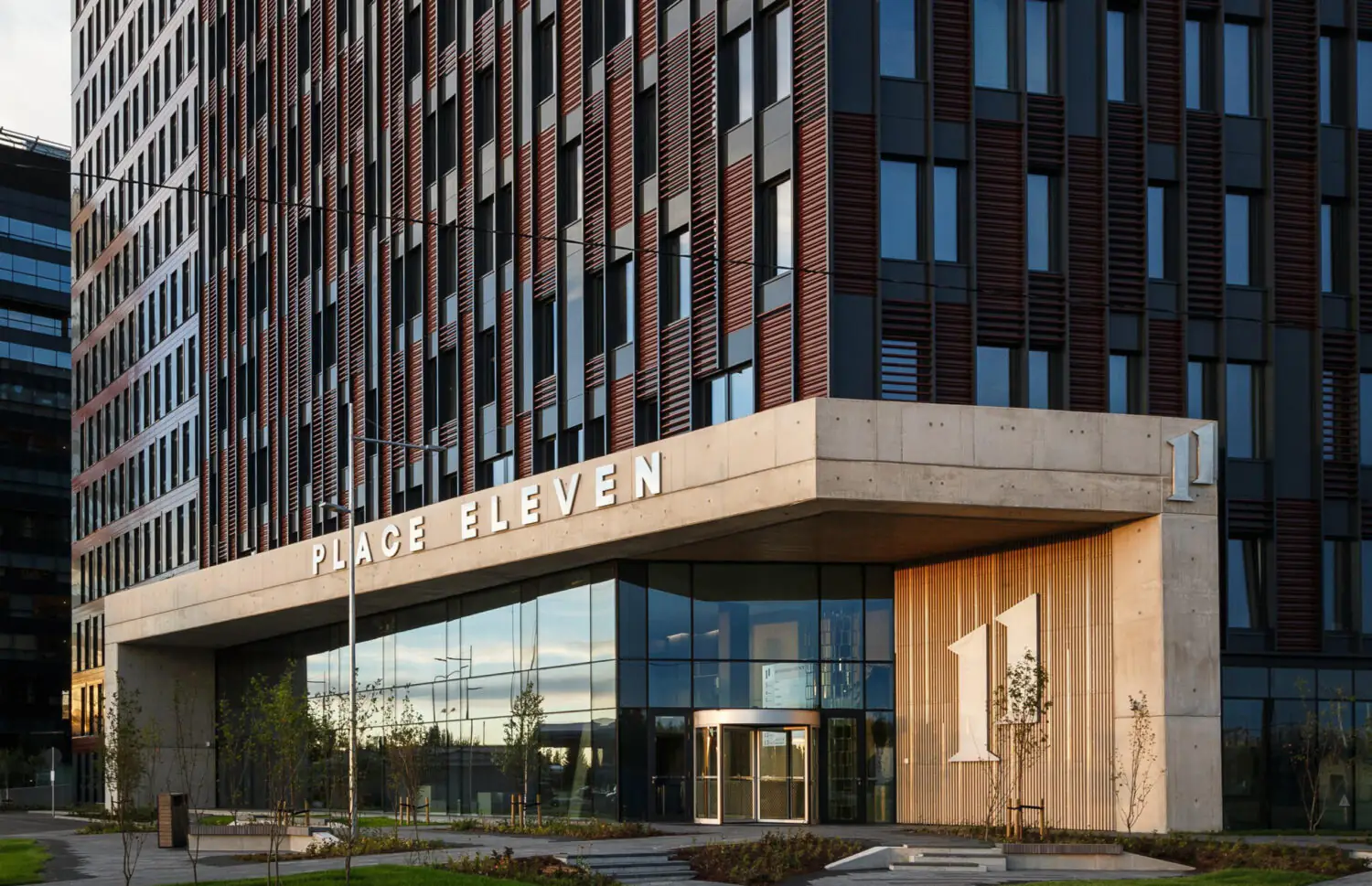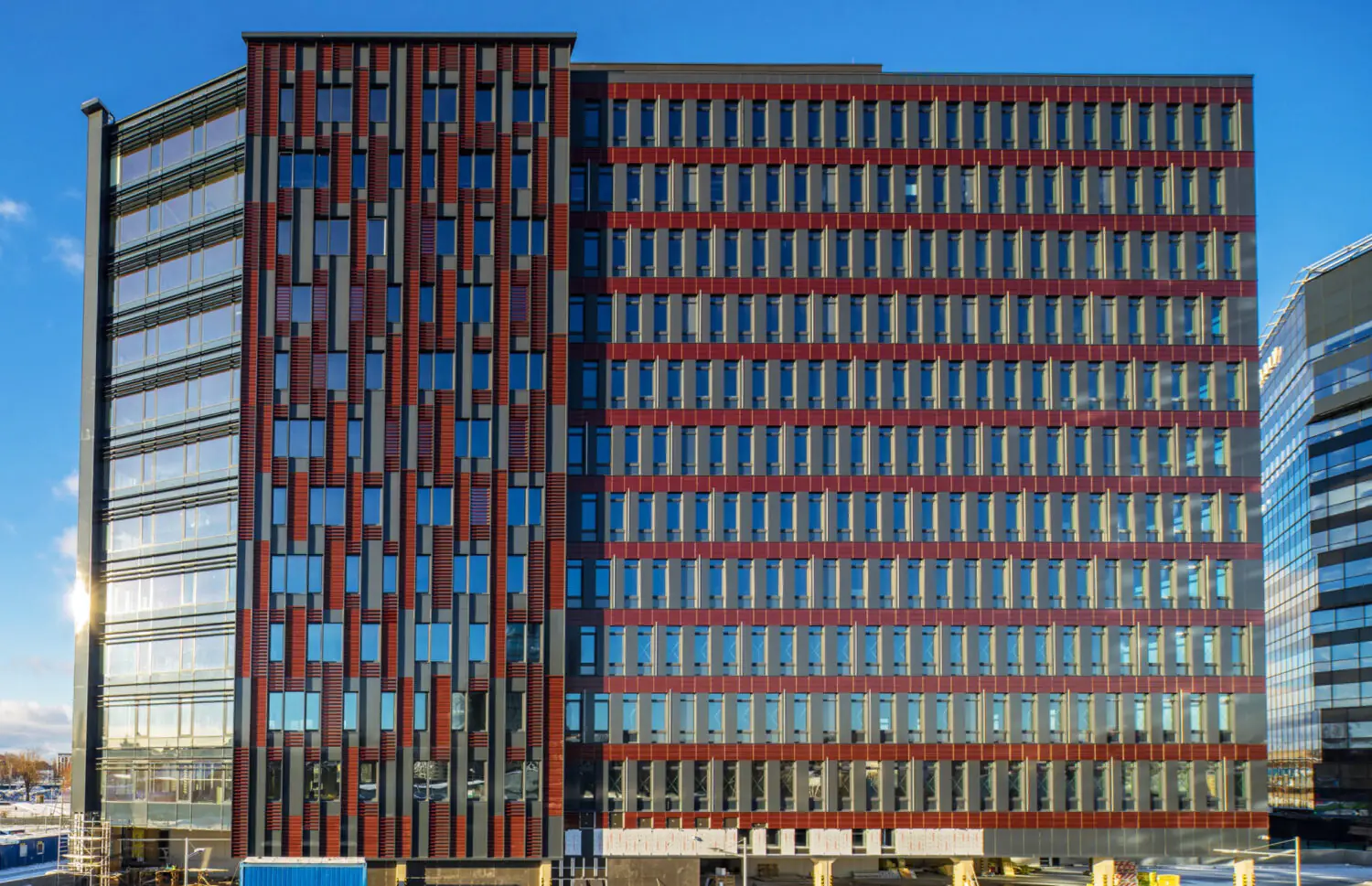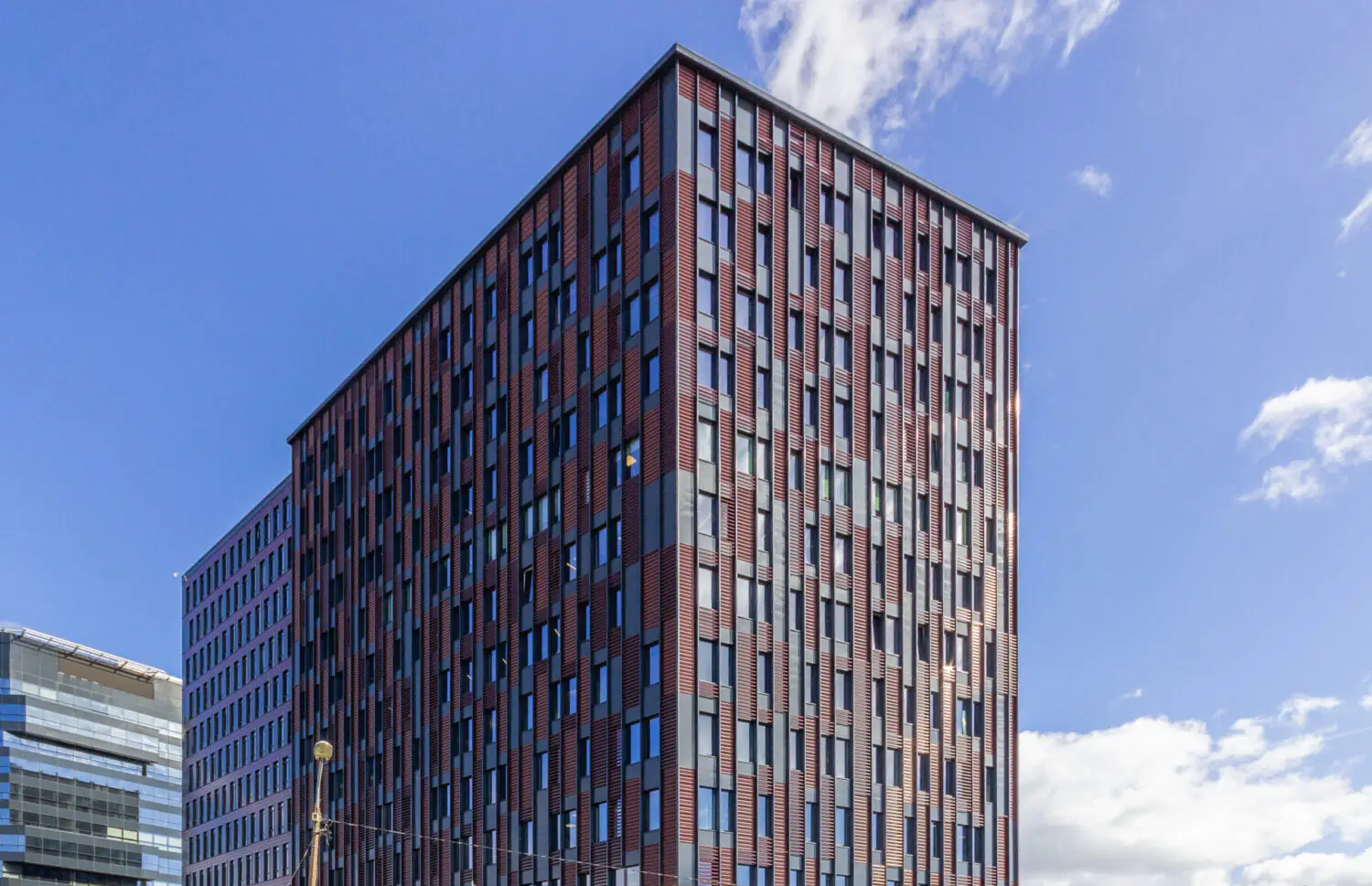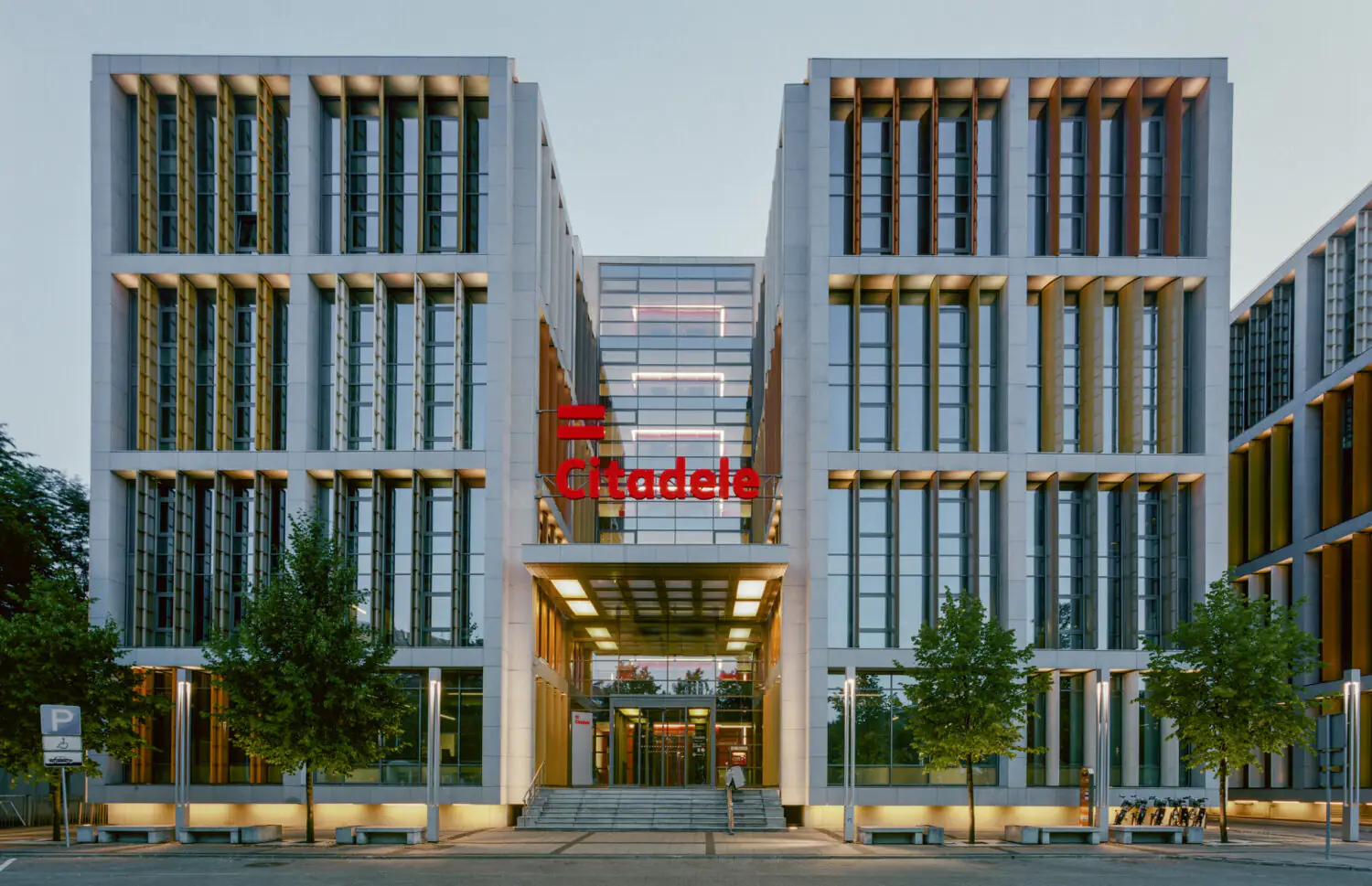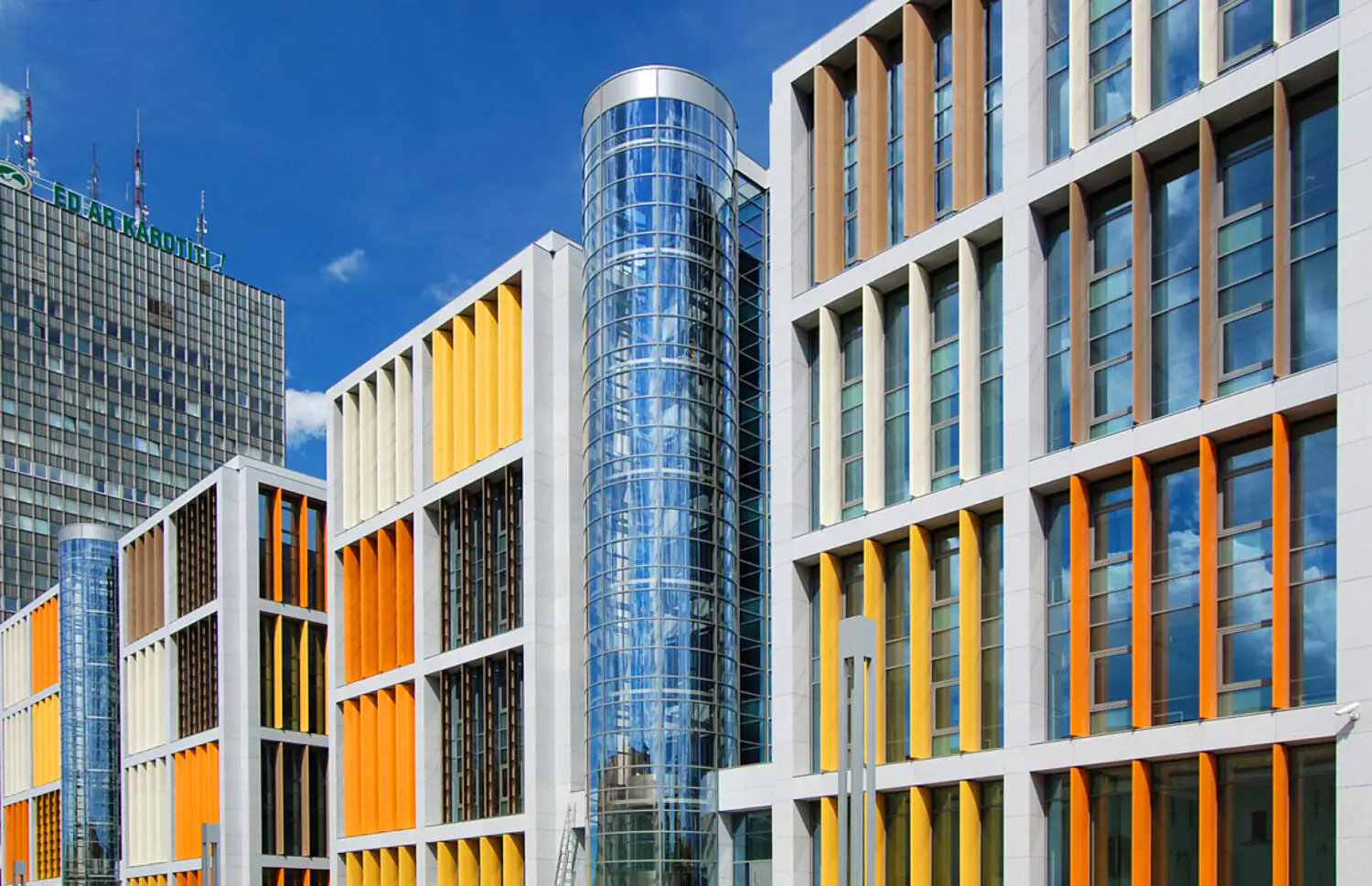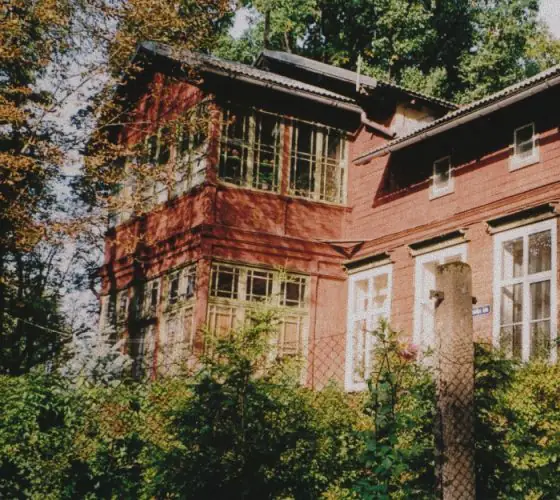
Source: noviraplaza.lv
Green building certifications are becoming increasingly important. Certification boosts a property’s public image, attracts investment, improves working and living conditions — and, of course, encourages other developers to opt for sustainable construction.
Two most well-known certification systems are LEED (Leadership in Energy and Environmental Design) and BREEAM (Building Research Establishment Environmental Assessment Method). Both systems are widely used in Latvia.
LEED
The British BREEAM certification system also assesses the sustainability and environmental performance of buildings. Unlike the American system, BREEAM does not use a points system, but assesses buildings against criteria in ten categories such as “use of natural resources”, “waste management” and “occupant health and comfort”. Based on the results of the assessment, the building receives a certification rating of “Acceptable”, “Pass”, “Good”, “Very Good”, “Excellent” or “Outstanding”. Sixty-seven projects in Latvia received LEED certification, all of which are located in Riga.
LEED assesses not only individual buildings, but can also look at building complexes, interiors and even the layout of entire neighbourhoods.

Source: usgbc.org
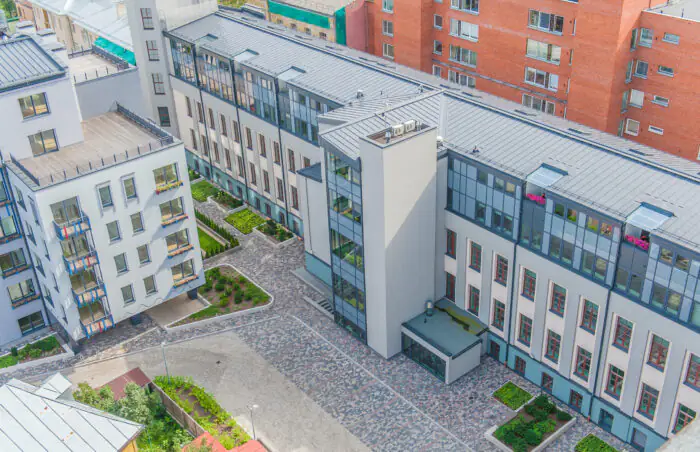
Source: usgbc.org
BREEAM
The British BREEAM certification system also assesses the sustainability and environmental performance of buildings. Unlike the American system, BREEAM does not use a points system, but assesses buildings against criteria in ten categories such as ‘use of natural resources’, ‘waste management’ and ‘occupant health and comfort’. Based on the results of the assessment, the building receives a certification rating of ‘Acceptable’, ‘Pass’, ‘Good’, ‘Very Good’, ‘Excellent’ or ‘Outstanding’. 67 buildings in Latvia received BREEAM certification.
Differences between LEED and BREEAM
LEED and BREEAM certifications have a similar assessment structure, but differ in the details. LEED primarily focuses on energy efficiency, whereas BREEAM includes a more holistic range of sustainability considerations. BREEAM uses weighted criteria, while LEED uses a simple summation of points. The cost of BREEAM certification is generally lower. LEED is more popular in the US and China, while BREEAM is more popular in Europe.
The certification process and methodology also differ significantly. For BREEAM certification, licensed experts analyse the building against environmental criteria and submit a report to the BRE. If the conclusion is positive, BRE issues a certificate to the object. The LEED certification process is entirely online: project teams upload documentation and fill out forms on the US Green Building Council (USGBC) website. After review, the Council awards the building a LEED certification level.
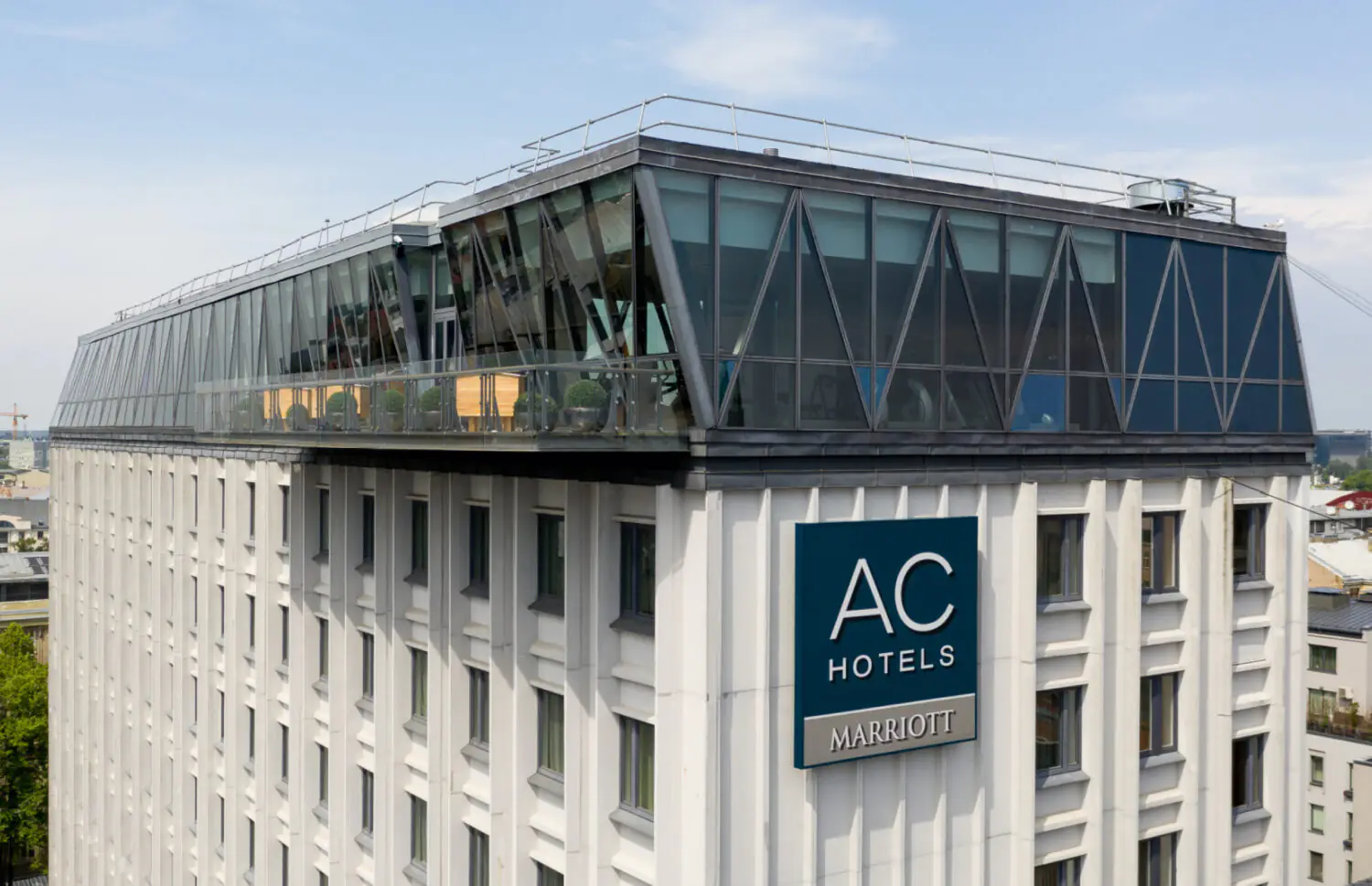
Source: vastint.eu
It is important to remember that none of the certification systems are without their flaws, and LEED and BREEAM are no exception. In the pursuit of certification (which provides Riga developers with property tax relief) there is a risk of over-focusing on achieving the minimum requirements for certification, which do not always solve long-term environmental problems.
Often the focus is on technical parameters, assessing, for example, energy efficiency and materials, but less consideration is given to social and cultural aspects and the impact on the local community. Hopefully, these systems will continue to improve, developing a more transparent methodology and a more flexible understanding of the environmental impact of buildings.
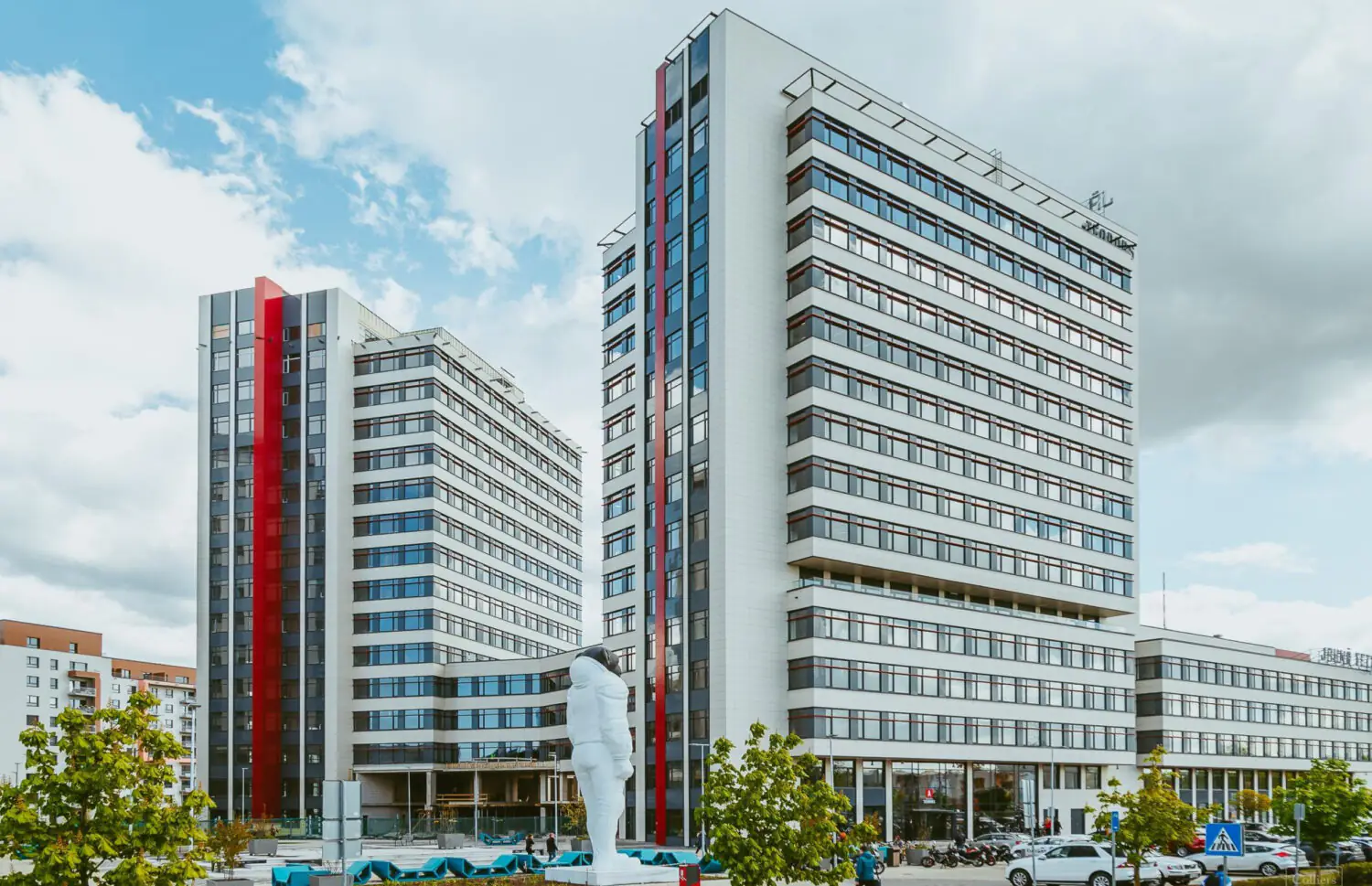
Source: Colliers
Obtaining certification is a goal that takes shape in the early stages of a project. Often architects, engineers or developers even announce in advance that the building will qualify for a certain certification upon completion: for example, the team behind the wooden office building The Pine have announced that the building will be eligible for LEED Platinum certification, the Novira Plaza office centre already has LEED Gold certification and is aiming for LEED Platinum in the first years of operation, and the Gustavs business centre is being built in accordance with BREEAM standards.
Ultimately, the choice between LEED, BREEAM or others depends on regional specifics, project objectives and client preferences. Both systems are a reminder of the importance of the environmental agenda in the construction industry.
Some Riga projects, which we have already written about, have green certificates.
According to the BREEAM system:
According to the LEED system:


